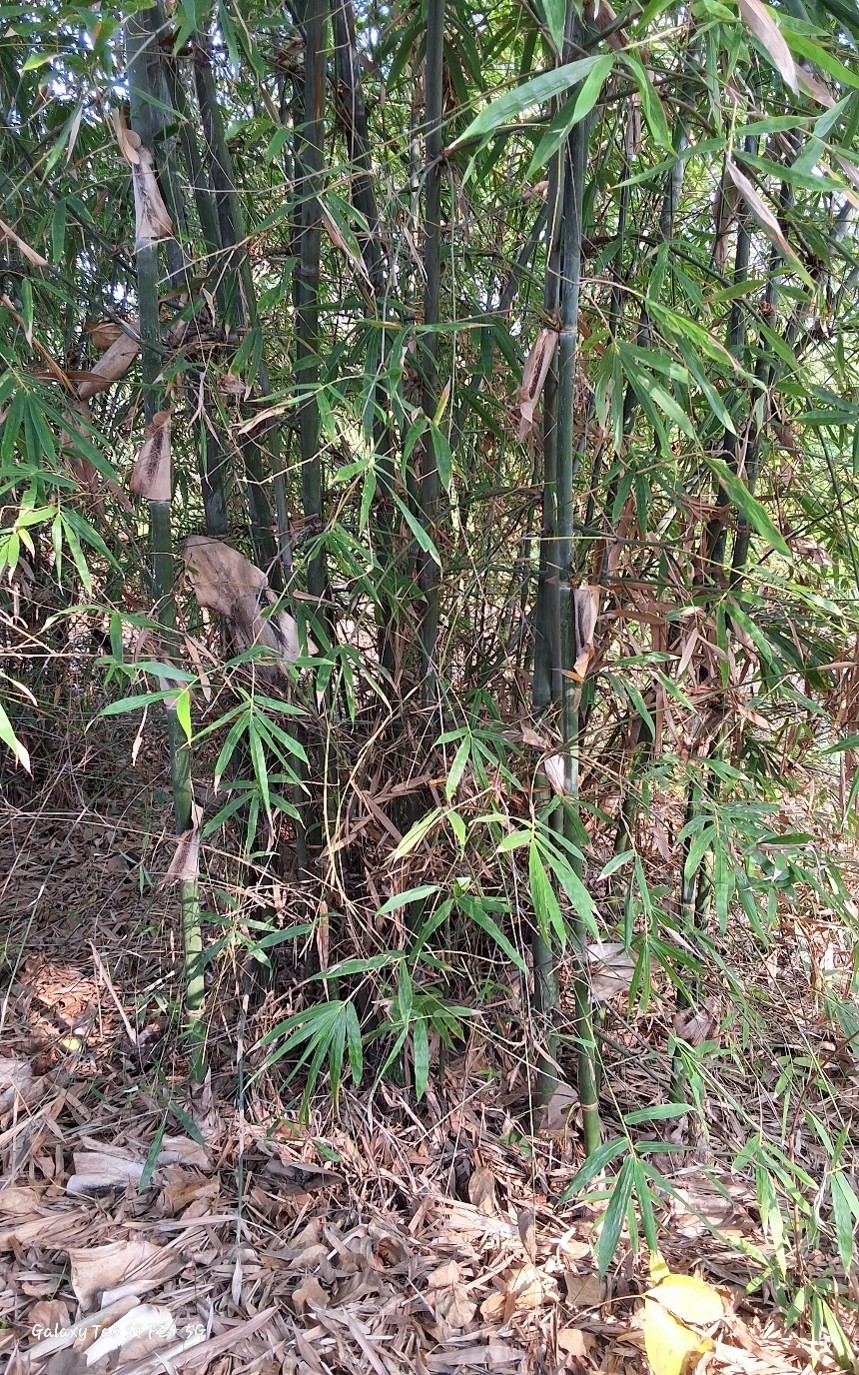Bambusa burmanica,

Bambusa burmanica,
commonly known as Burmese Bamboo, is a bamboo species with regional names such as Myanmarese Bans. The culms of this bamboo are caespitose and loosely clumping, growing to a height of 15-25 meters with a diameter ranging from 7-15 cm. The culms are pale green in color, gradually turning yellowish-green with age. The internode length ranges from 20 to 50 cm. The culm sheaths are green when young and turn brown and deciduous as they mature. The adaxial surface of the sheath is smooth, while the abaxial surface is covered with fine brown hairs. The sheath margins are slightly ciliate and tapering. The leaves of Bambusa burmanica are narrow lanceolate in shape, measuring 15-25 cm in length and 3-6 cm in width.
Bambusa burmanica thrives at elevations between 500 and 1200 meters and prefers well-drained sandy-loam soils with moderate fertility. This species is typically found in moist deciduous forests and along riverbanks. Bambusa burmanica is widely distributed across Myanmar, Northeast India, and Thailand, with introductions to Bangladesh and Laos. It is native to Myanmar and adjacent regions of India. This bamboo species requires an annual rainfall of around 1500-3000 mm for optimal growth.
The inflorescence of Bambusa burmanica consists of large terminal panicles with spikelets ranging from 1.5 to 3 cm in length. The empty glumes are ovate, acute, and multi-nerved, while the flowering glumes are lanceolate with ciliate edges. The stamens are moderately exserted, with glabrous anthers and a pubescent style. The flowering cycle of Bambusa burmanica occurs every 30-40 years, with the last reported flowering period between 1995 and 2000 in Myanmar and parts of Manipur. Seed production is limited, with small seeds that have moderate germination potential.
Propagation of Bambusa burmanica is achieved through rhizome offsets, culm cuttings, and tissue culture techniques. This bamboo species is used in a variety of applications, including construction (houses and scaffolding), fencing and barriers, the pulp and paper industry, edible bamboo shoots, furniture, mat weaving, and agricultural implements.
Listen Audio:
Need assistance? BRTC Faculty